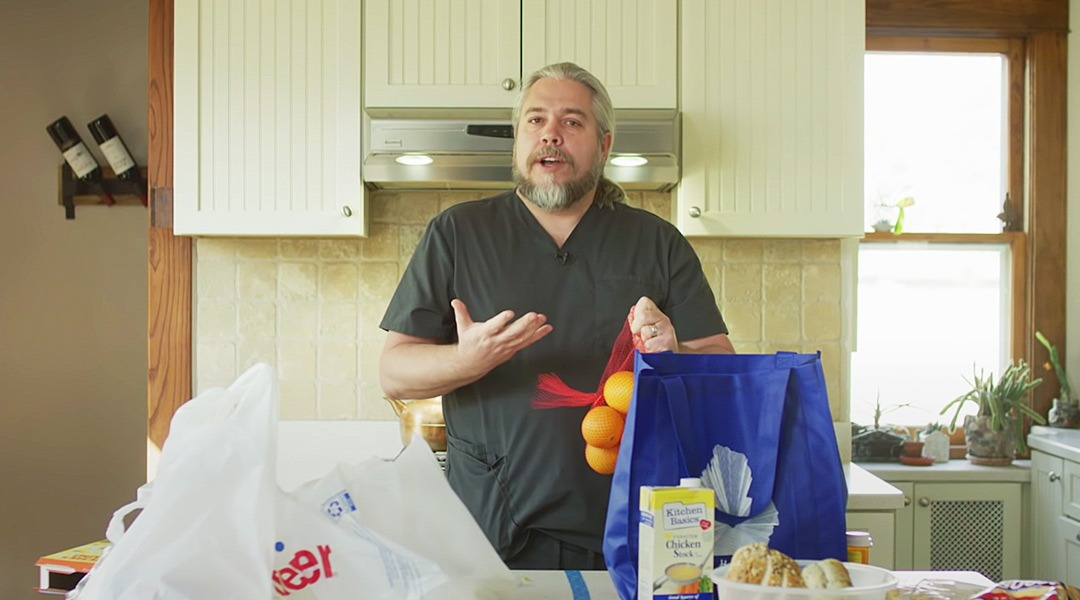Going out comes with a lot of risks. But when the inevitable need to restock your essentials arises, here are the best tips from Dr. Jeffrey VanWingen, MD to help you shop and get takeout food safer.
Related: This Is How You Prioritize Your Health And Wellness While Quarantined
One of the many concerns in this modern-day pandemic is if we are carrying the Covid-19 virus or bringing them home when venturing outside? As much as everyone is advised to stay at home, we still need essentials to sustain our daily necessities and nourishments, which means we sometimes have to shortly step out of the house and brave the implemented social distanced lines for a grocery run. Now, ticking off your to-do list of must-haves is half the battle, because as we have learned, the coronavirus can latch itself on to different surfaces, some of which are in the very items we are set to carry home. While we wish it wouldn’t be the case, we must have to take extra measures to make sure that these items are sanitized to the best of our abilities.
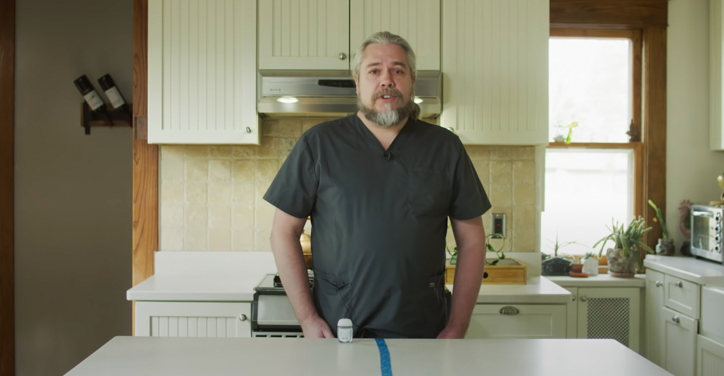
The first thing we have to understand is that what we think we already know and practice is not enough. In an informative YouTube video, Dr. VanWingen emphasized on a special technique to reduce risk when going out to the marketplace—sterile technique. It may take a long tedious process than your normal routine, but adapting to sterile technique is definitely safer and worth it. In fact, this is what doctors do during surgeries to prevent infections.
According to an article by the National Institutes of Health in the New England Journal of Medicine, coronavirus can live in the air for three hours, on cardboard for one hour, and on plastic and metal surfaces for three days. And if we intend to use this data to maintain a safer space, it’d be better to leave your groceries outside your house (i.e. garage, porch, etc.) for three days before you bring them inside. Following certain precautionary measures prior to grocery shopping can also save you from getting infected. Dr. VanWingen suggests you wipe down your cart, commit to what you’re buying, refuse to go out if you’re already feeling respiratory symptoms, and plan your grocery list for worth two week, at least.
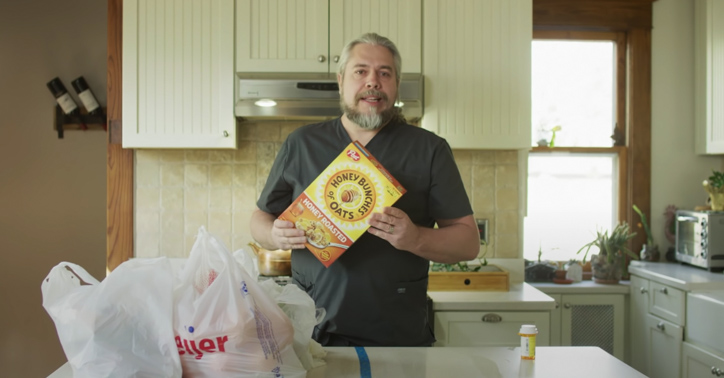
Once you’ve done these initial steps, prepare your disinfectant and a table which you’ll divide into two—the clean and the dirty side. When sanitizing your grocery items, you can’t just wipe off jar containers and tin cans with a disinfectant, it’s best to dispose boxes, plastic covers, and other external packages. And don’t leave out your fruits. They need proper washing, too. “The way I handle fruit which is pretty much porous, it’s kind of like our skin. If I wash that, like we should be washing our hands for 20 seconds, then that should be fine.” adds Dr. VanWingen.
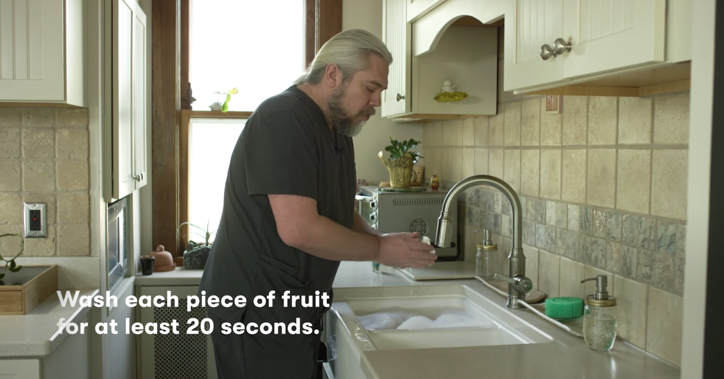
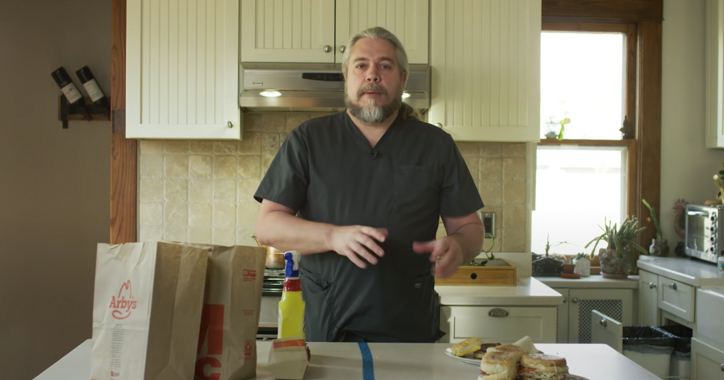
Even your takeouts have to be handled properly. Keeping a clean and sanitized hands, prepare clean plates on the side. Toss in your burgers, hotdog sandwiches, and other takeout meals into the plates while getting rid of the of the disposable wrappers immediately. It’s high time that we become extra careful with what we eat now. Dr. VanWingen says that some coronavirus species does not do well on food items and microwave heat destabilizes the coronavirus as well.
No, this isn’t some sort of exaggeration. With the threat of the pandemic hanging on the world, we have to be extra, extra careful. As front-liners do their best to cease the surge of COVID-19 positive patients, being responsible enough in doing our own part to keep ourselves safe all the time is only thing that they are asking. And by this time, we should be taking all these precautions to heart, for all of us.
Watch Dr. Jeffrey VanWingen, MD’s PSA on safe grocery shopping here:
